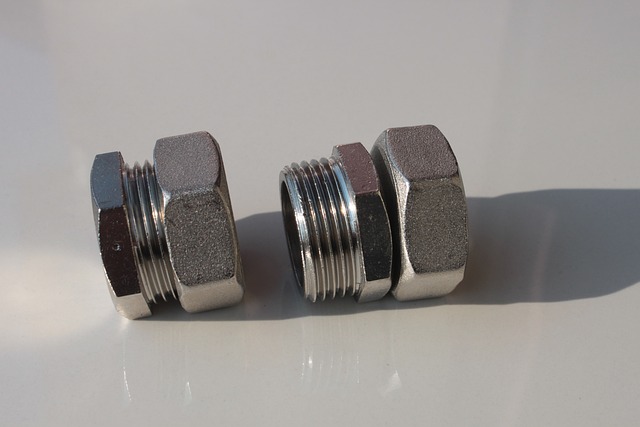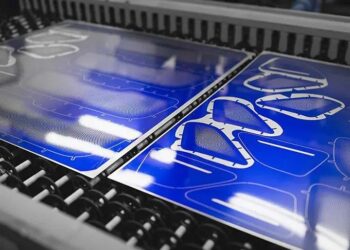Have you ever wondered what goes into making a physical prototype? Understanding the basics of prototype manufacturing can give you an edge when it comes to creating quality products. Let’s start with the process of CNC (Computer Numerical Control) milling, which is one of the most common methods for creating prototypes. We’ll go over what CNC milling is, how it works, and why you should consider using this prototyping method for your own projects.
Throughout this article, you will learn the ins and outs of CNC milling so that you can decide whether or not this method is the right choice for your prototype manufacturing operation. Plus, we’ll explore some key tips that will help ensure your CNC milling projects are successful.
What Is CNC Milling?
When it comes to prototyping, one of the most common methods used is CNC milling. But what exactly does that mean? In short, it’s a form of machining – a process of fabricating components using specialized cutting tools to shape the material.
Moreover, this method provides superior accuracy and repeatability compared to traditional manufacturing processes—and the parts created are much more resistant to wear and tear than those made by other methods. It’s also quite cost-effective, making it popular among many manufacturing companies whothat want to produce quality products without breaking the bank.
The Benefits of CNC Milling for Prototype Manufacturing
When it comes to prototype manufacturing, CNC milling stands out from the crowd. It offers a variety of benefits, making it the ideal choice for many projects.
First, CNC milling allows for a high level of accuracy. This means that whatever your prototype manufacturing needs—from a simple shape to something more complex—CNC milling can help you get the job done right.
Second, CNC milling can be used with a wide variety of materials. Whether you’re working with aluminum or wood, you can be sure that a CNC milling prototype will deliver the results you need with precision and accuracy.
What Materials Can Be Used for CNC Milling?
One of the great things about CNC milling is that it can be used on a wide range of materials, including aluminum, brass, copper, and zinc and plastic. CNC machining is also used to create prototypes from plastics like ABS, Nylon, or Polycarbonate.
Different Types of Cutters
The type of cutter used to machine the material also matters—from end mills and thread mills to spot drills and face mills. Each cutter works differently and is specifically designed for different materials. For example, an end mill can be used for metal alloys or plastics, while a drill bit is great for metals and woods.
From aerospace engineering to medical prototyping, CNC milling is incredibly versatile when it comes to what materials you can use. By using the right material and selecting the right cutter tool, you can get a prototype that’s designed with precision and quality in mind.
Selecting the Right Tooling for CNC Milling
Without the right tools, you won’t get the accurate, precise results you’re expecting from your prototype.
Types of Tooling
In CNC milling, there are two types of tooling—end mills and drill bits. End mills are used to cut out details like pockets, curves, and shapes. Drill bits do just what you’d expect them to—drill holes at predetermined depths and sizes into the prototype material.
Selection of Tooling
The selection of tooling is determined by the material being used in the prototype. In CNC milling, most metals can be machined with carbide or HSS—High- Speed Steel—tools. Some plastics require diamond-tipped tools for effective machining as well. It’s important to select the right materials for your project, as certain materials might require specialized tools that could add additional cost to your project.
Ultimately, selecting the best tooling depends on what type of prototype you’re creating and what kind of material you’re working with. With a few key considerations around surface finish requirements and complexity of detail, selecting the right tool can significantly reduce iteration time in a project and ensure that your prototype will meet your specification requirements.
Conclusion
CNC milling is a versatile and cost-effective method for creating accurate prototypes from a wide range of materials. The selection of the right tooling is crucial for success. By understanding the basics and selecting the right tooling, you can create quality prototypes while minimizing costs and reducing iteration time.







